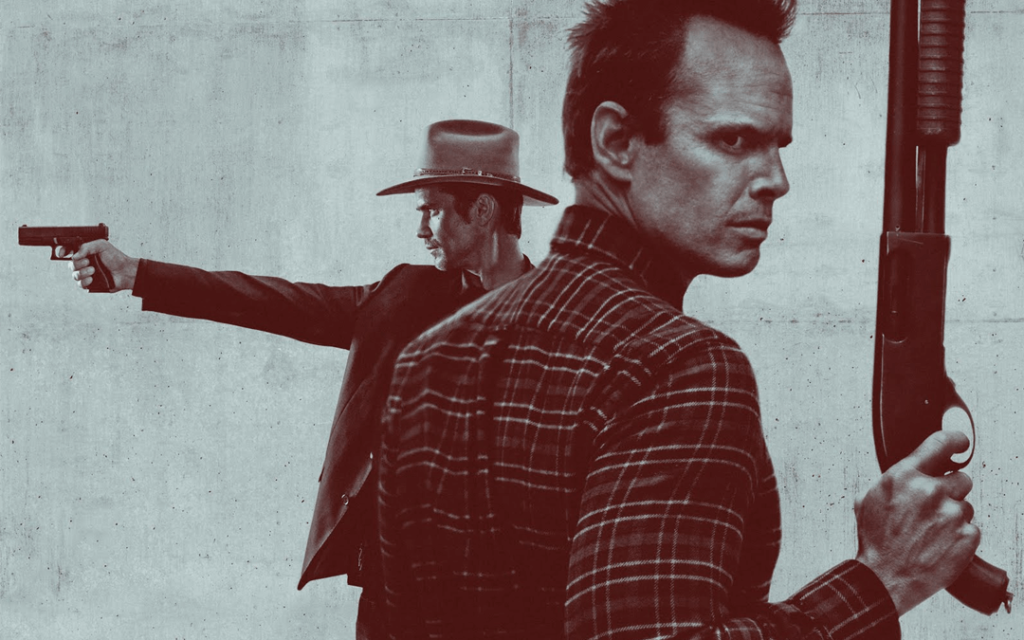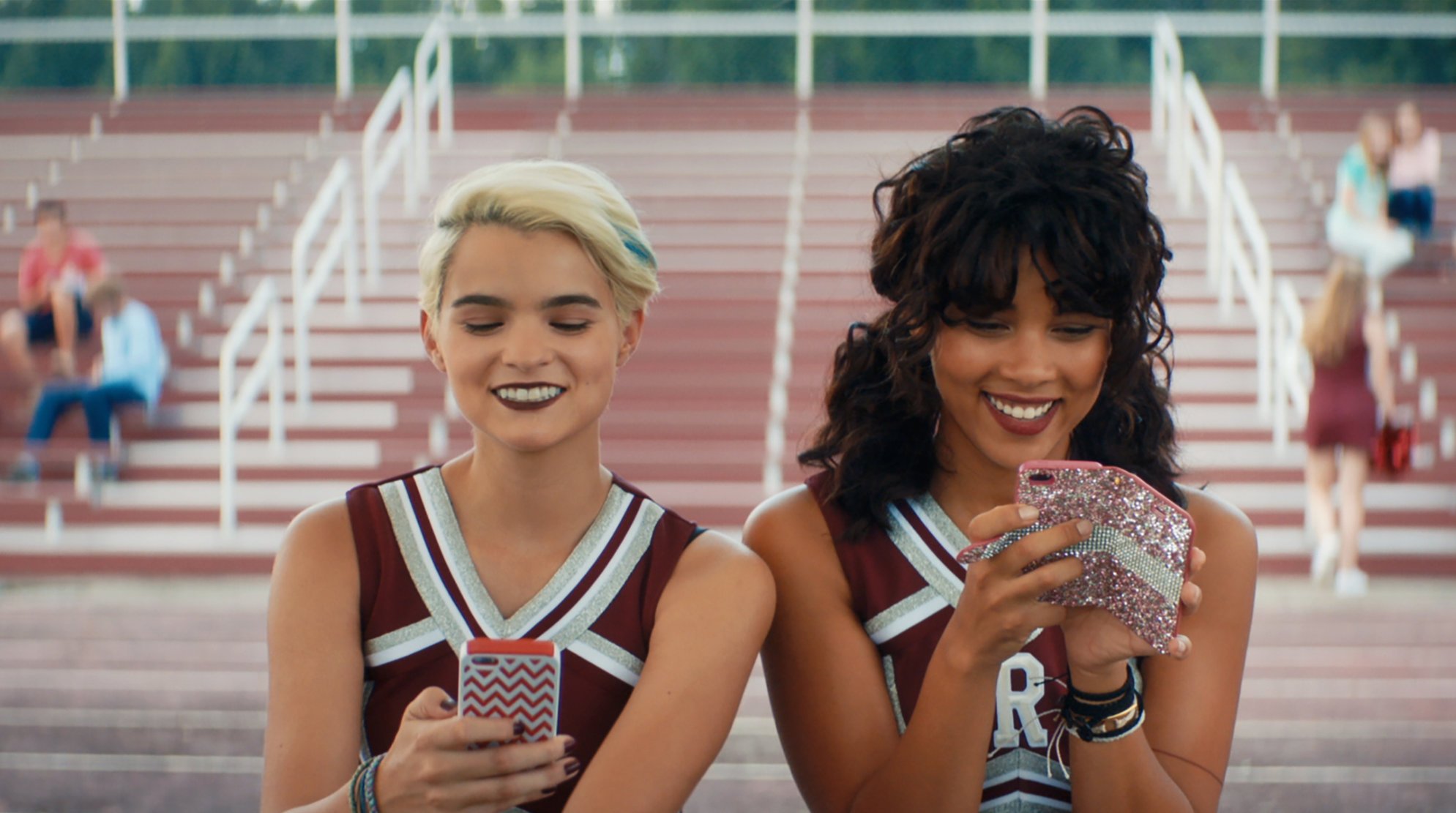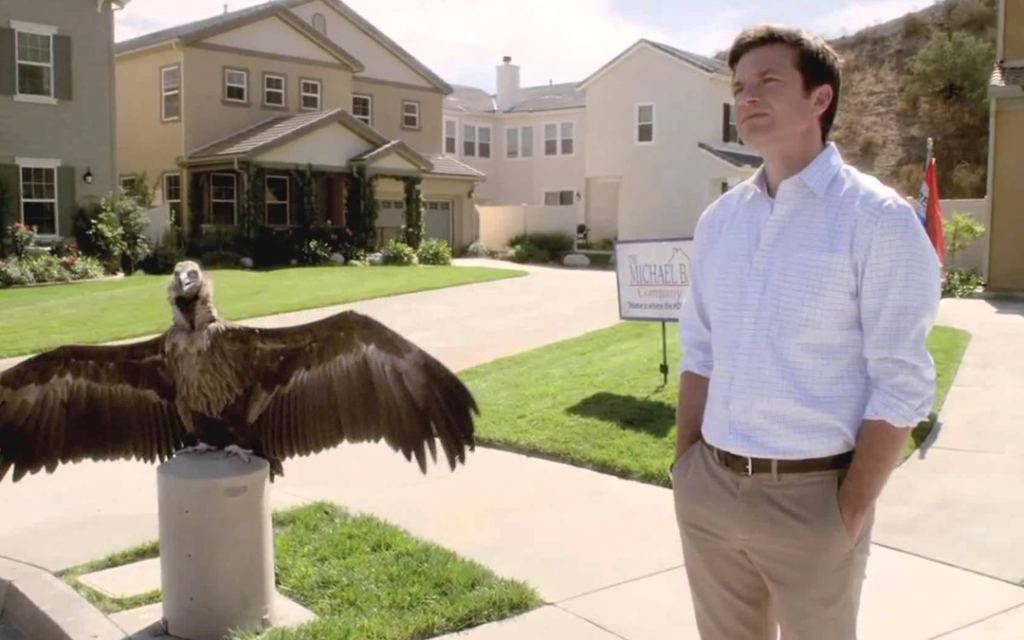Chernin Brothers Unveil New R-Rated Comedy and Lessons Learned from 'It's Always Sunny'
August 29, 2024
Dave and John Chernin are a writer-director team best known for creating the show The Mick starring Kaitlin Olson which ran for two seasons. The duo cut their comedy teeth while writing for the show It’s Always Sunny in Philadelphia that's going into its 17th season. Now, the Chernin brothers have a boundary-pushing R-rated high school comedy film called Incoming that’s set to stream on Netflix on August 23. I chatted with the siblings to get their take on the state of the once hugely popular R-rated comedies and what they learned while working on It’s Always Sunny. Their takeaways may surprise you.
Cyclical Nature of R-Rated Comedies
If you’re a fan of R-rated comedies, you might have caught what Vince Vaughn recently said about why they’re so scarce lately. “They just overthink it,” Vaughn said according to Variety, adding, “The people in charge don’t want to get fired more so than they’re looking to do something great, so they want to kind of follow a set of rules that somehow get set in stone, that don’t really translate. But as long as they follow them, they’re not going to lose their job.”
Vaughn is arguably the king of R-rated laughs, considering he’s starred in so many of them including Swingers, Old School, Wedding Crashers, and Queenpins, so is his take correct?
I posed the question to the Chernins.
“I think it's a reflection on the state of the business at large, which is people just do not want to take risks,” says John Chernin, adding, “So when you're talking about an R-rated comedy, you're talking about shrinking your audience right out of the gate because a certain segment of this population is not technically going to be allowed to go in and see this movie. Suddenly, there's even less money to be made, and just the way things stand right now people are really scared,” he says.
He notes the absence of any straightforward comedies at the box office the weekend of August 10-11. “The top 10 movies were so many different genres, except for comedy! It's like the one thing that is still missing. Animated movies are doing well. There are horror movies, there are action movies. There are comic book movies. So, I think everything is cyclical. Comedies will be big again. For whatever reason, they're just not a top priority for studios right now, which is a real bummer, but at the same time for Incoming, it's a real credit to Spyglass for taking a chance on an R-rated comedy,” says John.
It’s no secret that post-pandemic, people have been slow to get back into movie theaters again, especially since there’s so much streaming content available to watch at home. But Dave Chernin says there’s another reason studios might not want to take a risk on an R-rated comedy.
“As you probably know, in the last five to eight years there's been some societal upheaval that I think has made certain areas a little taboo, or a little scary for creatives to kind of steer into but I think it all comes back to the audiences’ thirst for these type of things which I believe will come back,” says Dave.
Writing Incoming
Until big studios feel comfortable making R-rated comedies for a cinematic release again, we’re thrilled Netflix is bringing us Incoming.
Starring Mason Thames, Kaitlin Olson, and Bobby Cannavale, Incoming is about four high school freshmen who work up the courage to attend the most daunting event of their lives: their very first high school party. While the quest of the young characters leads to some great laughs it’s really Cannavale as Mr. Studebaker who steals the show. Studebaker is the “cool” teacher who shows up at the shindig and begins partying with the kids. Dave explains how his character came to be.
“We were really looking for both an A and B story in our movie and needed an adult character to cut against the more youthful characters in our movie. When we started putting the script together, we just started reminiscing about high school. Somehow, we stumbled upon the idea of the cool teacher, which I think everybody had. I think it's a super relatable person in everyone's life. And we started digging a little bit beneath the surface. That teacher who spends lunch time sitting with the kids – like what's in it for him at the end of the day? I think as cool as he is, and as well-liked as he is, his behavior seems to be masking some hole,” says Dave.
One of the funniest scenes in the film is when Mr. Studebaker sets himself on fire, literally – in the name of science. John describes shooting that scene.
“The scene where Bobby's character turns into a human torch was pretty fun to do. Cause Dave and I have done some big stunts on The Mick, but I don't think we had a ton of experience with that level of fire, and having an adult man just show up to get doused in lighter fluid and set aflame. It was just another day at the office for this [stunt] guy. I think we did three takes of that, and everyone was just riveted like, ‘Oh, my God! They are going to set this man aflame from head to toe!’ It was pretty exciting,” says John.
Lessons Learned While Writing It’s Always Sunny in Philadelphia
The show It’s Always Sunny in Philadelphia has been a huge success considering the show is starting its 17th season. Its creators Rob McElhenney, Glenn Howerton, and Charlie Day gave the Chernin brothers their first big break writing for the show. The Chernins call it their “film school” because they learned so much about writing comedy.
“One of the benefits of working with Rob, Charlie, and Glen – that we didn't even know at the time, because it was our first foray into professional writing – is that they do it differently than any comedy room we've ever been in. You know, those guys are classically trained actors for the most part, so it was less about who can be the funniest or write the funniest scenes. There was so much discussion of character wants and points of view. Having those guys in the writers room who also play the characters, It was a really different approach than we've ever seen before or since. It was really about, ‘Why is my character doing this?’ And that's not to say funny was not important to those scripts. But what they taught us was, if you have a really strong character point of view, the funny should come pretty naturally. But when you start trying to make it funny - what you end up with is kind of an aimless story that doesn't feel true to the characters. So even in the heightened world of Always Sunny, we talk about character motivations a ton, and those characters should take those motivations very, very seriously,” Dave says.
“All they wanted was a script that made sense where the ins and outs of every scene were in good shape and where you could track the character motivations throughout the script. They would always tell us it's the easiest thing in the world for us to make it funnier – if it makes sense. So they didn't want you to hand them a script with a billion jokes in it so much as they just wanted you to hand them a very tight script, where everything made sense,” says John.
“That was eye-opening for us – that you don't have to start from a place of let's make this as funny as possible, but from a place of let's make sure this story makes sense. Let's make sure we buy these characters' motivations,” says John.
The In, The Out, and Every Character's Point of View in Each Scene
“I would add,” says Dave, “That when they send you off to write an outline for an episode, the three things that you have to have in every scene is an in, an out, and the character’s point of view. They want to know what the first thing we see is when we drop into that scene. They want a very strong character point of view. Every character in that scene should have their own specific point of view. Usually, those are two opposing point of views. And then, what's the last thing we see in that scene? So it’s the in, the out, and every character's point of view. As long as you have that you generally have an episode that works for that show.”
He calls it storytelling 101. “You have a strong want and an obstacle standing in the way of that want. And a means of overcoming that obstacle, and then that repeats over and over again. Usually, when you have all those things you'll stumble upon a nice dovetail at the end of an episode where it's, ‘Wow the A story and the B story can kind of come together pretty organically here and solve each other. When done well, it feels like it has a nice bow on it,” Dave says.
You can catch Incoming on Netflix starting August 23.
Written by: Shanee Edwards
Shanee Edwards is an L.A.-based screenwriter, journalist and novelist who recently won The Next MacGyver television writing competition to create a TV show about a female engineer and was honored to be mentored by actress/producers America Ferrera. Shanee's first novel, Ada Lovelace: The Countess Who Dreamed in Numbers was published by Conrad Press in 2019. Currently, she is working on a biopic of controversial nurse Florence Nightingale. Shanee’s ultimate goal is to tell stories about strong, spirited women whose passion, humor and courage inspire us all.



